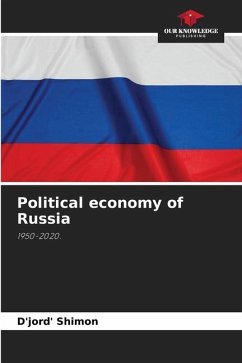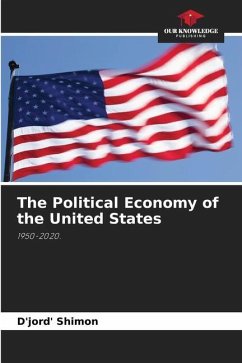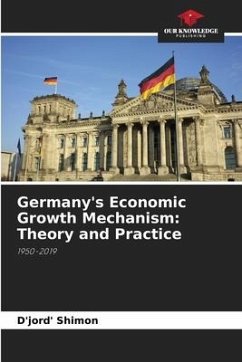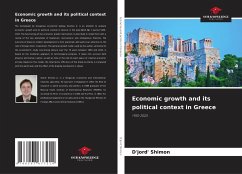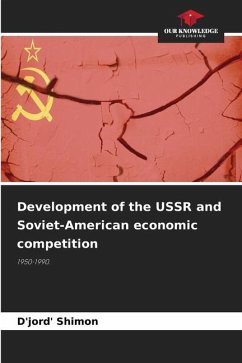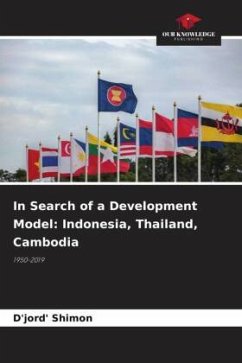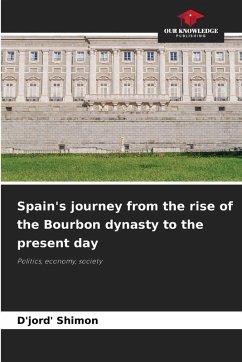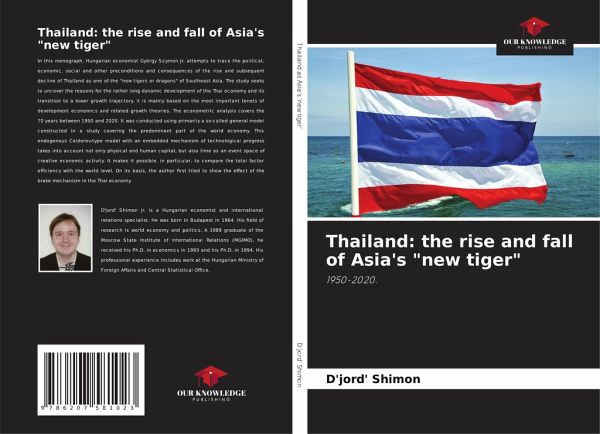
Thailand: the rise and fall of Asia's "new tiger"
1950-2020.
Versandkostenfrei!
Versandfertig in 6-10 Tagen
45,99 €
inkl. MwSt.

PAYBACK Punkte
23 °P sammeln!
In this monograph, Hungarian economist György Szymon Jr. attempts to trace the political, economic, social and other preconditions and consequences of the rise and subsequent decline of Thailand as one of the "new tigers or dragons" of Southeast Asia. The study seeks to uncover the reasons for the rather long dynamic development of the Thai economy and its transition to a lower growth trajectory. It is mainly based on the most important tenets of development economics and related growth theories. The econometric analysis covers the 70 years between 1950 and 2020. It was conducted using primar...
In this monograph, Hungarian economist György Szymon Jr. attempts to trace the political, economic, social and other preconditions and consequences of the rise and subsequent decline of Thailand as one of the "new tigers or dragons" of Southeast Asia. The study seeks to uncover the reasons for the rather long dynamic development of the Thai economy and its transition to a lower growth trajectory. It is mainly based on the most important tenets of development economics and related growth theories. The econometric analysis covers the 70 years between 1950 and 2020. It was conducted using primarily a so-called general model constructed in a study covering the predominant part of the world economy. This endogenous Caldorov-type model with an embedded mechanism of technological progress takes into account not only physical and human capital, but also time as an event space of creative economic activity. It makes it possible, in particular, to compare the total factor efficiency with the world level. On its basis, the author first tried to show the effect of the brake mechanism in the Thai economy.





